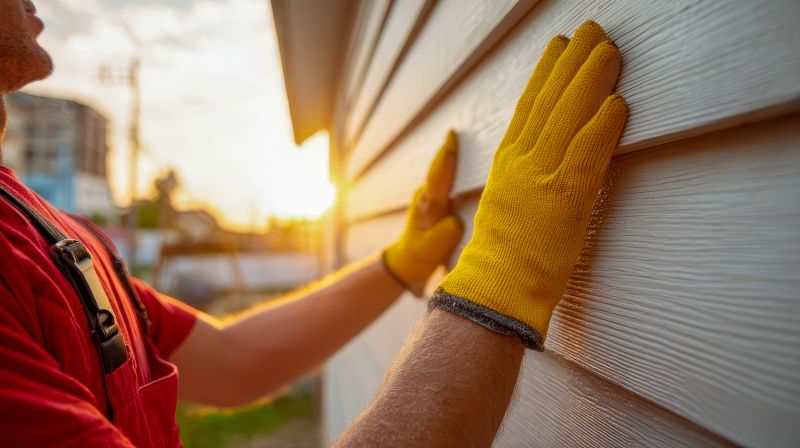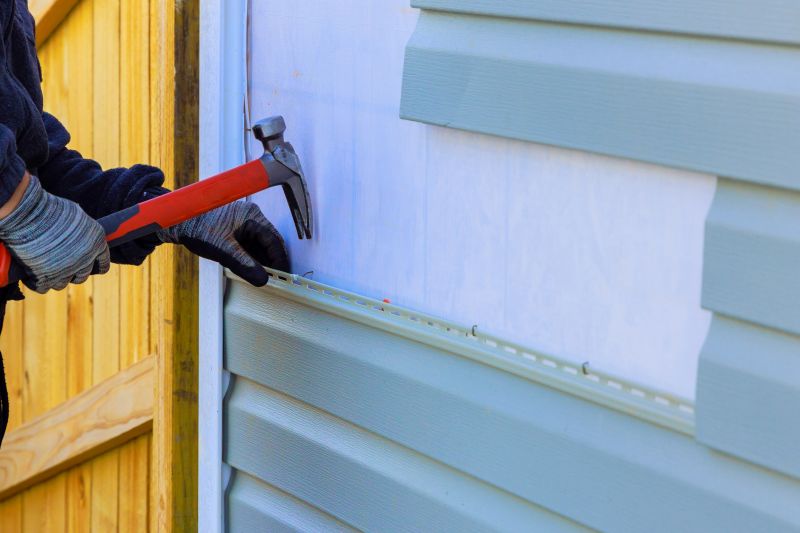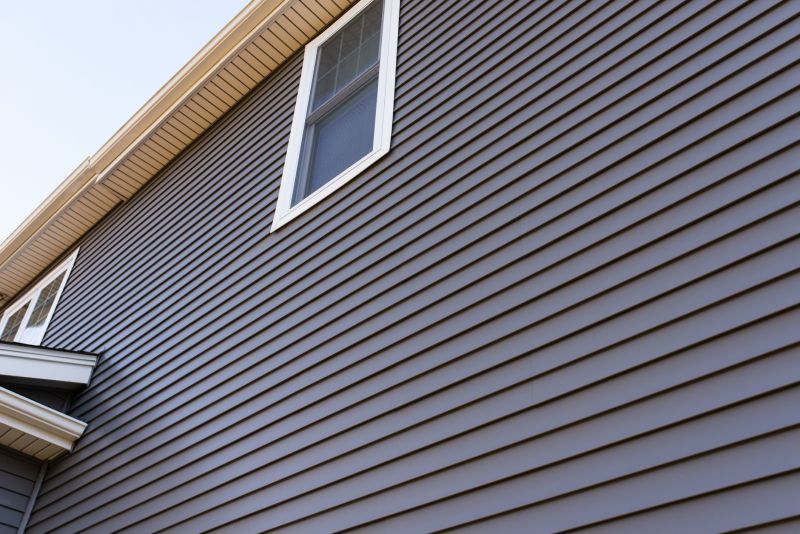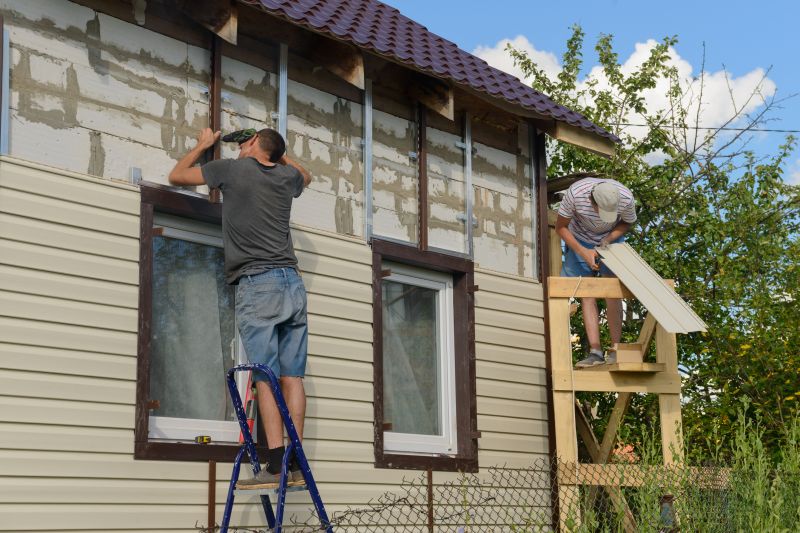Optimal Seasons for Siding Service
Siding service is most effective when performed during specific times of the year to ensure quality installation and durability. The ideal seasons are typically spring and early fall, when weather conditions are mild and conducive to outdoor work. During these periods, there are fewer temperature extremes and less moisture, reducing the risk of siding issues caused by thermal expansion or contraction.
Spring offers moderate temperatures and lower humidity, making it suitable for siding installation. It allows for proper curing and adhesion of materials.
Fall provides cooler weather and less rain, which helps prevent delays and ensures the siding is installed in optimal conditions.
Extreme heat can cause siding materials to expand and contract, leading to potential warping. Cold winter temperatures can hinder proper installation and adhesion.
Choosing a period with stable weather minimizes disruptions and ensures the longevity of the siding work.

A crew installing siding in mild spring weather.

Workers applying siding during a clear fall day.

Siding installation under optimal weather conditions.

Ways to make Siding Service work in tight or awkward layouts.

Popular materials for Siding Service and why they hold up over time.

Simple add-ons that improve Siding Service without blowing the budget.
| Season | Ideal for Siding Service |
|---|---|
| Spring | Yes |
| Summer | No |
| Fall | Yes |
| Winter | No |
| Early Fall | Optimal |
Siding service enhances the exterior appearance and structural integrity of buildings. Properly installed siding provides weather resistance, energy efficiency, and increased property value. Statistics indicate that siding replacement can improve insulation by up to 20 percent, reducing energy costs and increasing comfort. The choice of timing can influence the longevity and performance of the siding, making seasonal considerations an important aspect of planning.


